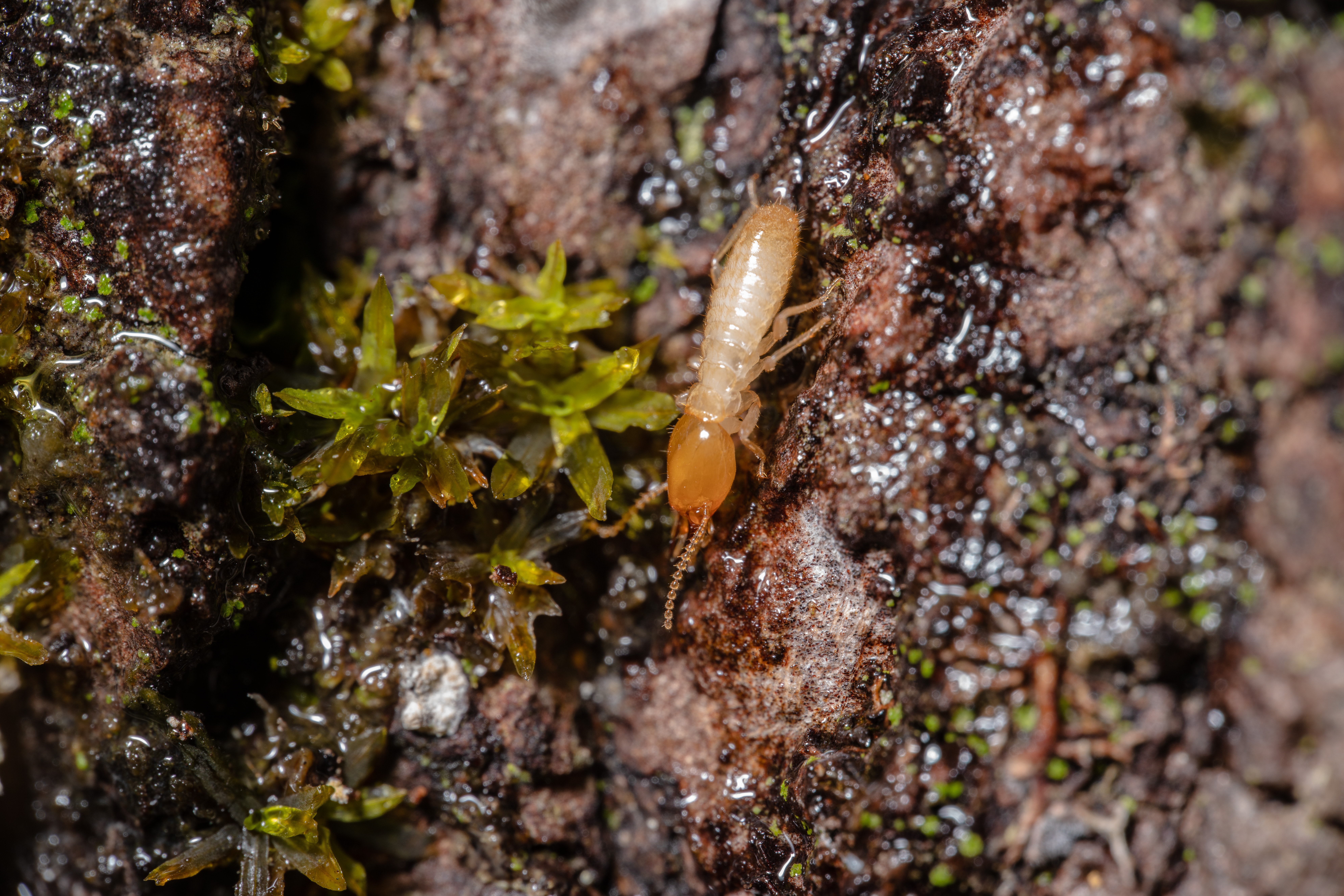
Preventing Termites in Your Home: Tips and Tricks for Homeowners
Unlike many other kinds of unwanted pests, termites aren’t picky when they choose which home to infest. They aren’t drawn to houses that are messy or dirty.
This means that discovering a termite infestation within your home doesn’t mean you’ve done something wrong. Termites are attracted to wood, and they’re interested in the structural timbers that hold up your home– and you can’t do much to prevent them from finding it.
However, there are some things you can do in order to prepare yourself for a potential termite infestation. It’s important to take advantage of our preventative techniques, because an untreated termite problem can cause major damage to your home.
What are termites looking for?
In the simplest terms, termites eat wood– so the wooden framework of your house is what they’re after.
There are a couple of different types of termites that live in the United States (and actually, there are about 2,500 total species of termites worldwide!)
The two types of termites that are most typically a problem in the United States are subterranean termites and drywood termites.
These two species enter the home in different ways– subterranean termites live underground, so they come into contact with your home’s structure from underground. Drywood termites build their colonies within the wood of your home itself, so once they find their way inside, they are very unlikely to leave on their own.
Finding wood to eat is their main objective, but they also need moisture to survive. This means that any unnecessary moisture around your home could make it look like a more appealing environment to a termite colony searching for a home.
Even the moisture from a leaky air conditioning unit could be enough to attract termites to your home.
Additionally, any extra wood around your home or property could serve as bait for hungry termites. This might include piles of firewood, dead trees, or discarded lumber from home improvement projects.
Surveying your home and property to remove or properly store any excess moisture or wood can be a great way to keep termites and other pests away from your property.
What can I do to keep termites out of my house?
Termites that live underground (aka subterranean termites) will enter your house through any exposed wood in the foundation. Any part of your home’s foundation that’s made from wood and is directly touching the soil serves as an open invitation for subterranean termites.
If you can, try to ensure that there isn’t any wood directly touching soil in your home.
This includes wood from porches or decks that have been added onto the home! Even wood siding can attract subterranean termites– so if your home’s covered in wood siding, try to ensure that it starts at least six inches away from the ground.
Any shrubs or trees that are directly touching your home can also give termites and other insects easy access to your home, so you should try to make sure that there’s at least a foot of space between trees and shrubs and your home’s roof or walls.
While this isn’t as easy to do for homes that are already constructed, it’s recommended that all new construction homes being built receive a pre-treatment to all wooden framework to repel termites.
What should I do if I notice a termite infestation?
A quick search online will turn up some DIY termite remedies, but it’s important to remember that these only work on a surface level. No essential oil blend will be able to penetrate the structural timber of your home, especially without the knowledge and equipment that pest control professionals have.
If you have or even suspect that you might have a termite problem, you should call a pest control company, like the experts here at West, as soon as possible. Remember, the longer you wait, the more damage those critters can do to your home!
More posts from West Termite, Pest & Lawn
Spring Into Action: Preventing Termite Infestations in Arkansas Homes
Termite infestations are a serious concern for homeowners in Arkansas, especially during the spring when these pests become most active. Preventing termite infestations early can save you from expensive structural damage and long-term headaches. Termites thrive in the...
Early Spring Lawn Care Tips: How to Keep Your Arkansas Yard Healthy
A healthy lawn starts in early spring. If you want lush, green grass by summer, the groundwork begins as the weather warms and the soil softens. The right early spring lawn care routine is essential for homes in Arkansas, where fluctuating temperatures and humidity...
Mosquito Season is Coming: How to Protect Your Arkansas Home This Spring
Spring is here, and with it comes mosquito season. As temperatures rise and moisture increases, mosquitoes begin to thrive across Arkansas. If you are not prepared, these presets can quickly invade your yard and turn outdoor activities into a battle against bites. The...



